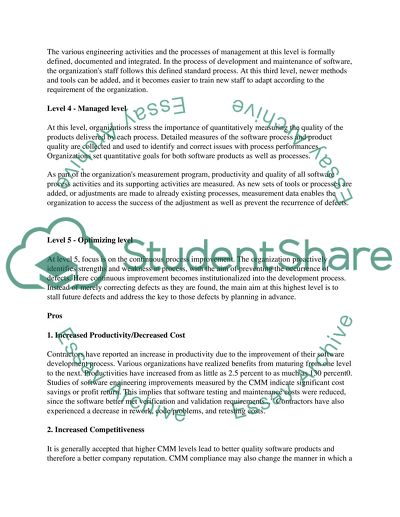Cite this document
(Maturity Model in Software Engineering Assignment, n.d.)
Maturity Model in Software Engineering Assignment. Retrieved from https://studentshare.org/information-technology/1560602-software-engineering
Maturity Model in Software Engineering Assignment. Retrieved from https://studentshare.org/information-technology/1560602-software-engineering
(Maturity Model in Software Engineering Assignment)
Maturity Model in Software Engineering Assignment. https://studentshare.org/information-technology/1560602-software-engineering.
Maturity Model in Software Engineering Assignment. https://studentshare.org/information-technology/1560602-software-engineering.
“Maturity Model in Software Engineering Assignment”, n.d. https://studentshare.org/information-technology/1560602-software-engineering.


